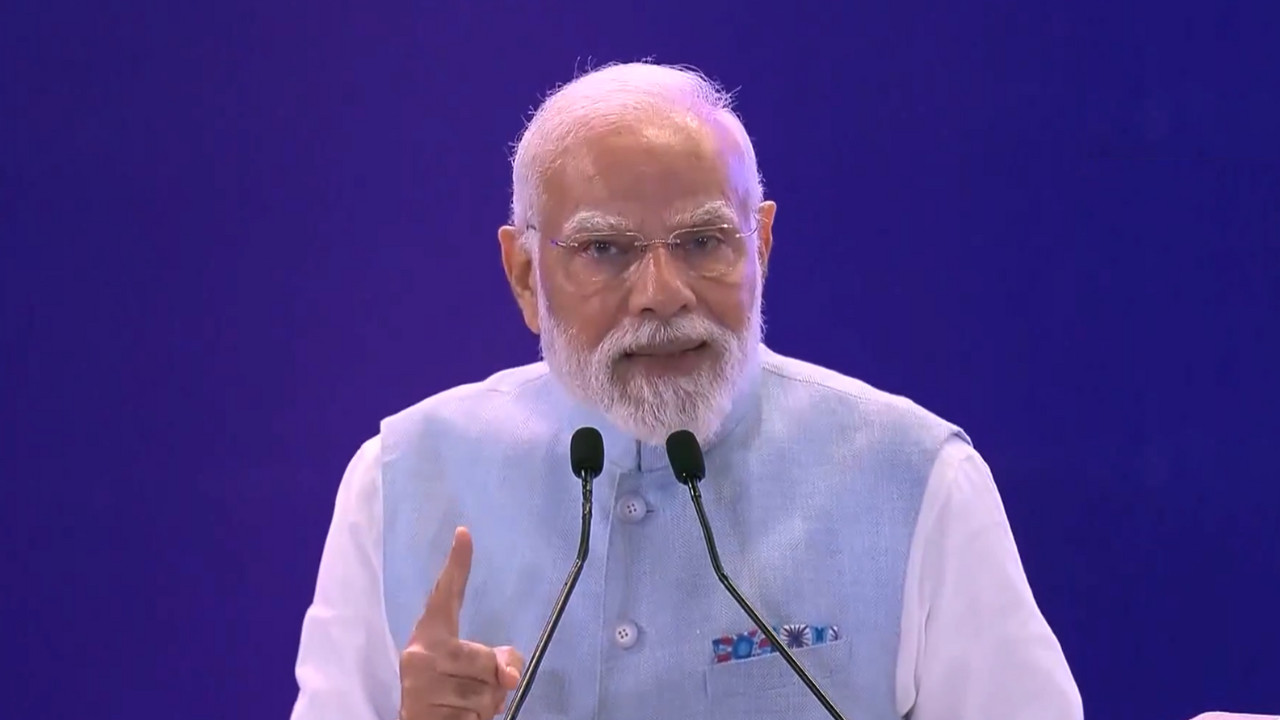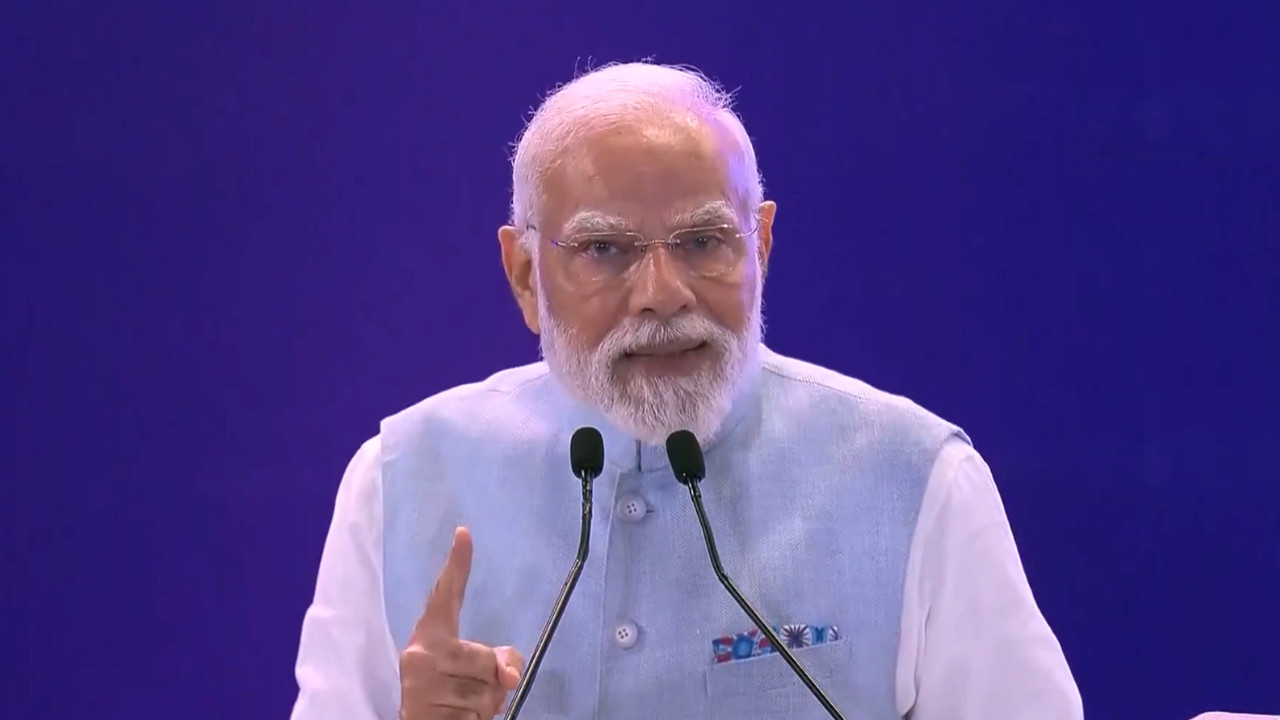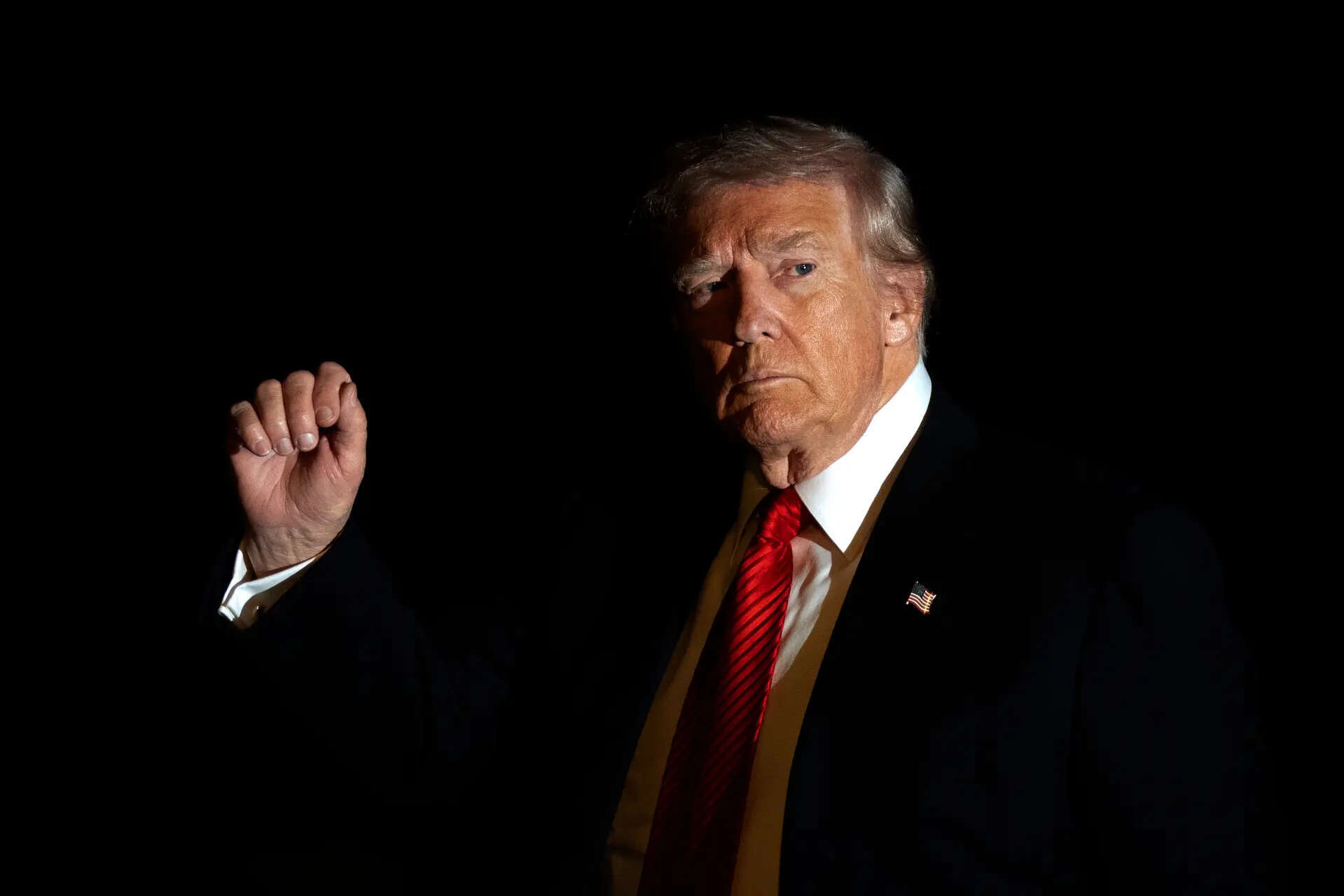India and the UK are poised to sign a free trade agreement, potentially unlocking significant tariff reductions and benefits for service sectors. The UK will grant duty-free access to 99% of Indian goods, boosting exports like textiles and engineering products. India will reduce tariffs on British whisky, cars, and other items.
Beyond Borders: What the India-UK Free Trade Agreement Really Means
The whispers have turned into a roar. After years of negotiation, the India-UK Free Trade Agreement (FTA) is finally on the horizon. But what does this landmark deal actually mean for businesses and individuals on both sides? It’s more than just signatures on paper; it’s a potential reshaping of trade, investment, and even job markets. Let’s unpack the implications.
Opening Doors: Tariff Reductions and Market Access
At its heart, the India-UK FTA is about tearing down trade barriers. We’re talking significant tariff reductions on a vast array of goods. Imagine Indian textiles flowing more freely into British markets, or British machinery finding a smoother path to Indian factories. This isn’t just theoretical. For businesses, it translates to increased competitiveness, potentially lower consumer prices, and the tantalizing prospect of tapping into new customer bases.
For India, the FTA aims to secure enhanced access to the UK market for products like textiles, agricultural goods, and seafood. British consumers could soon find their shelves stocked with even more diverse and affordable Indian goods. Conversely, British manufacturers of items like machinery, chemicals, and automotive products stand to gain a competitive edge in the rapidly growing Indian market. This increased market access is expected to stimulate investment and foster innovation on both sides.
Jobs, Jobs, Jobs: A Boost for Employment?
The potential impact on employment is a major talking point. Supporters of the FTA predict a significant boost to job creation in both countries. The logic is simple: increased trade leads to increased production, which in turn necessitates a larger workforce.
`alt=”India-UK trade agreement could provide a boost to both economies.”`
The deal also opens up possibilities for skilled professionals. Easier visa regulations and mutual recognition of professional qualifications could lead to increased mobility for workers in sectors like technology, healthcare, and education. Imagine Indian tech professionals contributing their expertise to the UK’s burgeoning tech sector, or British educators bringing innovative teaching methods to Indian schools. This cross-pollination of talent could prove to be a significant driver of economic growth.
Sector by Sector: Who Wins, Who Waits?
While the overall outlook is positive, the impact of the India-UK FTA will undoubtedly vary across different sectors. Some industries are poised to benefit immediately, while others may face challenges. The Indian textiles sector, for instance, is expected to be a major winner, with tariff reductions potentially unlocking significant export opportunities. Similarly, the UK’s automotive and pharmaceutical industries could see a boost from increased access to the Indian market.
However, certain sectors may face increased competition. Indian dairy farmers, for example, might be concerned about the potential influx of cheaper British dairy products. Similarly, some British manufacturers could face increased competition from lower-cost Indian goods. The key will be adaptation and innovation. Businesses will need to invest in technology, improve efficiency, and develop new products and services to remain competitive.
Investment Flows: A Two-Way Street
Beyond trade in goods, the India-UK FTA is also expected to stimulate investment flows between the two countries. The deal includes provisions to protect investors and ensure a level playing field, making it more attractive for businesses to invest in each other’s markets.
We could see a surge in British investment in India’s infrastructure, manufacturing, and technology sectors. Likewise, Indian companies could increase their investments in the UK, particularly in areas like renewable energy, healthcare, and financial services. This increased investment could create jobs, boost economic growth, and foster closer ties between the two countries. You may want to read more about the impact of increased trade for investors on our [investment blog](internal link).
Navigating the New Landscape
The India-UK FTA is not a magic bullet. Its success will depend on how effectively businesses and governments navigate the new landscape. Businesses will need to adapt to the changing trade environment, invest in innovation, and explore new market opportunities. Governments will need to ensure that the FTA is implemented effectively, address any potential challenges, and provide support to businesses and workers who may be affected by the deal.
Ultimately, the India-UK FTA represents a significant opportunity for both countries. By fostering closer trade and investment ties, the deal has the potential to boost economic growth, create jobs, and enhance the competitiveness of both economies. It’s a new chapter in the relationship between India and the UK, one that promises to be filled with both challenges and opportunities. Only time will tell if this ambitious vision comes to full fruition, but the stage is certainly set for a dynamic and transformative partnership.







